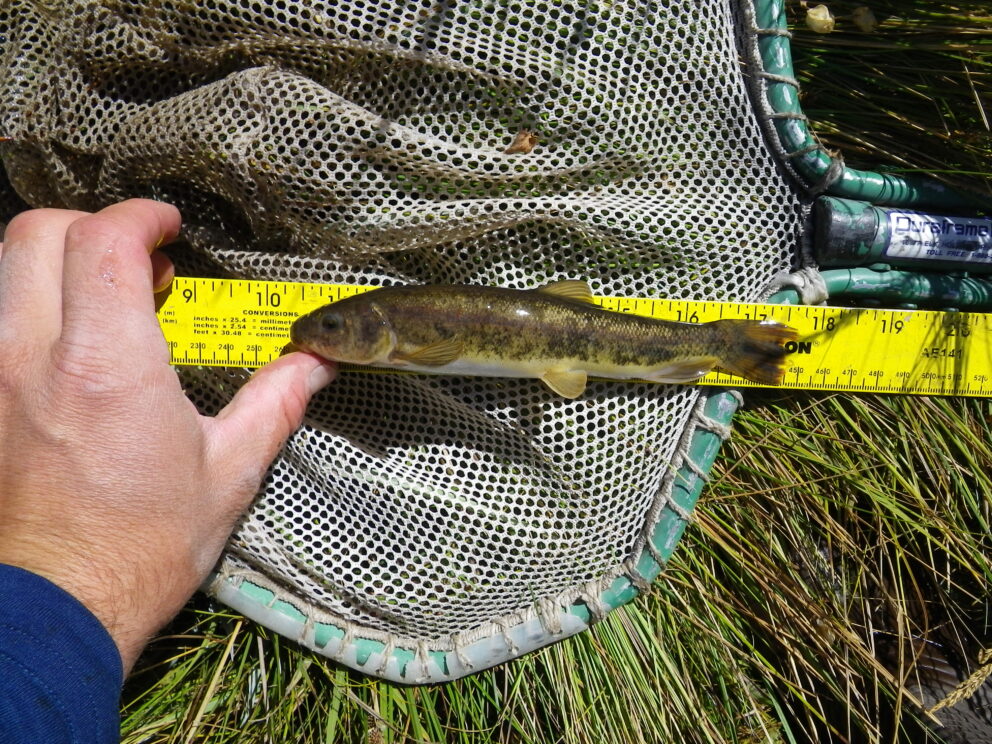- SCIENTIFIC NAME
- Morone chrysops
- CLASSIFICATION
- Fish
- LIFE SPAN
- 4-15 Years
- SIZE
- 6-19” | 1-4lbs
- STATE CONSERVATION STATUS
-
- Unprotected
- FEDERAL CONSERVATION STATUS
- Least Concern
- GAME STATUS
- Game
- Washoe
- Humboldt
- Pershing
- Churchill
- Mineral
- Lyon
- Douglas
- Carson City
- Storey
- Elko
- Lander
- Eureka
- White Pine
- Esmeralda
- Nye
- Lincoln
- Clark
Habitat & Range
White Bass are native to midwestern North America from southern Canada to the Gulf of Mexico. They have been introduced extensively throughout North America. In Nevada, White Bass are common to Washoe Lake, Lahontan Reservoir, and the Humboldt River system. It is well adapted to lakes and reservoirs, preferring shallower habitats.
Threats
- Larger Fish
Natural History
A member of the temperate bass family, the White Bass, is a relative of the striped bass, yellow bass and white perch. They are open water migratory fish that are most active at dusk and dawn and can be found across the United States. White bass spawn on rocky shoals of freshwater lakes or reservoirs. Without pairing up or building nests, once the eggs are laid and fertilized, the adults return to deeper water and the eggs usually hatch in 2 days.












